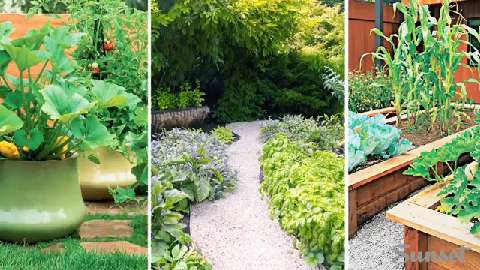
Concrete pavers with style

Just as an area rug can pull a living room together, so can interlocking concrete pavers tie a house to its setting.
The most popular pavers resemble cobblestones and add an instant patina of age and refinement.
Some pavers look like quarried stone; some have the color and shape of bricks; and others have angular, multifaceted outlines that meet in intricate geometric patterns. Paver colors are warm and earthy, with subtle variations between hues.
Interlocking pavers are cast individually in multiunit molds, then vibrated and compressed under extreme pressure.
They’re laid piece by piece in sand atop a compacted, crushed stone base, just as if they were cobblestones or brick ― the sand locks them together. The ones used in residential installations are 2 3⁄8 inches thick and are strong enough to bear the weight of cars.
After the pavers are set in place, they can move with soil expansion, which causes cracking in poured-in-place concrete. “Plus they’ll last a lifetime and are easy to fix,” says landscape contractor Bill Healy, who installed the driveway above, in Belmont, California.
According to the Interlocking Concrete Pavement Institute, pavers perform well in climates that freeze. Visit www.icpi.org to find the widest range of pavers and manufacturers in your area.
